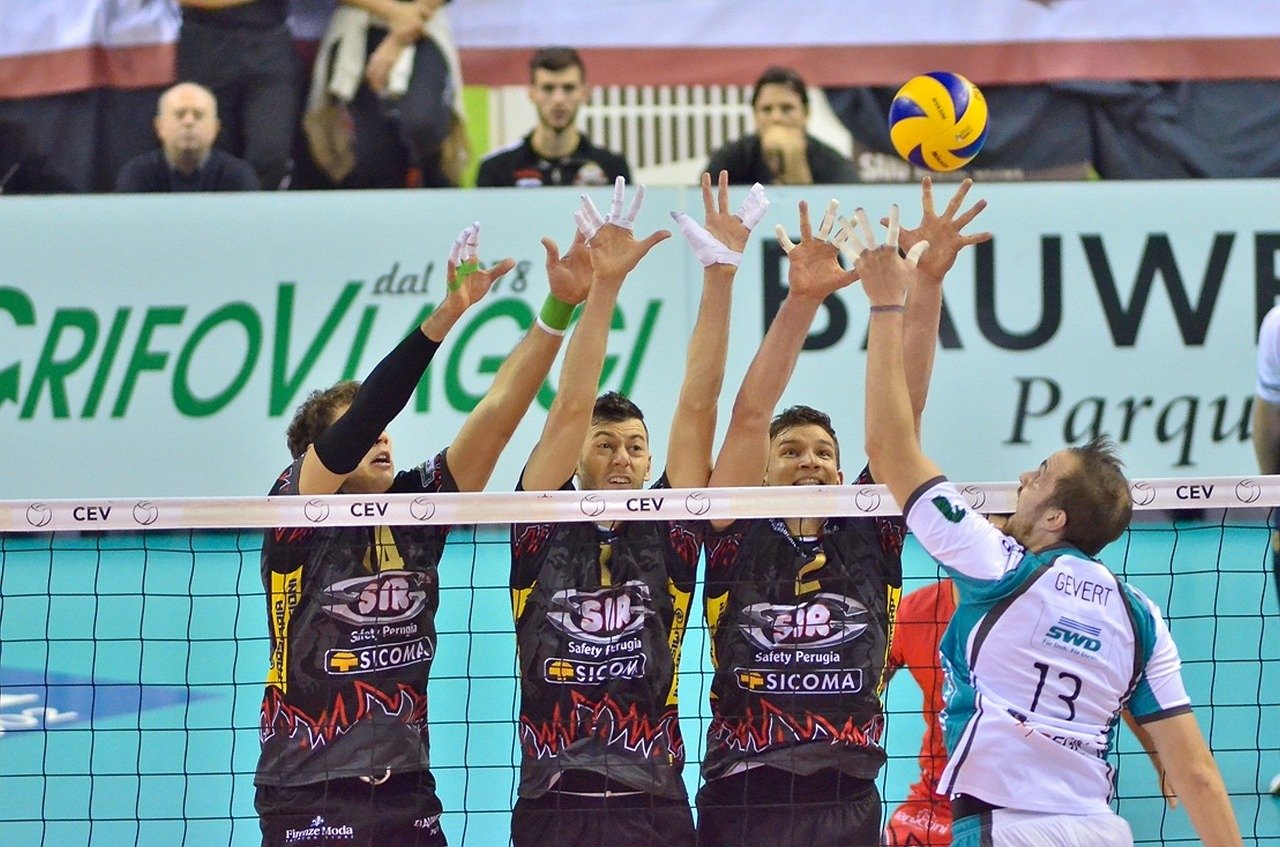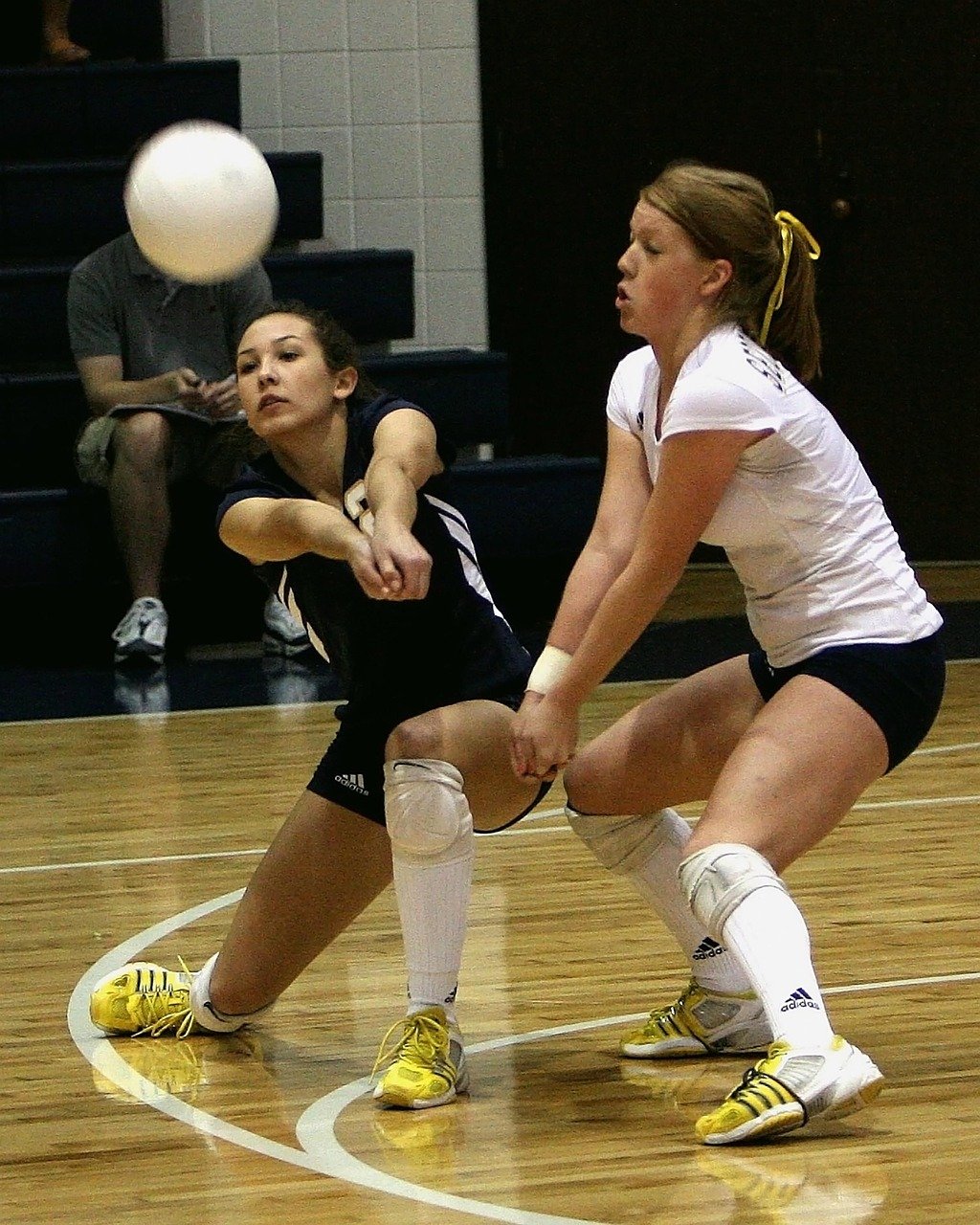The middle blocker is a pivotal player on any volleyball team, often the first line of defence at the net and a crucial attacker. Their role demands quick reactions, strong blocking ability, and effective communication.
This guide covers the middle blocker’s responsibilities, vital skills, and practical training tips to help you become a dominant force at the net.
What Does a Middle Blocker Do?
Middle blockers focus primarily on:
- Blocking opponent attacks, especially quick sets and outside hits
- Executing fast-paced attacks close to the setter
- Coordinating with teammates to form effective blocks
- Quickly transitioning between offence and defence
Their position requires excellent timing, vertical jumping ability, and court awareness.
Essential Skills for Middle Blockers
1. Blocking
- Time your jumps to meet the ball at its highest point.
- Use strong hand positioning to seal the net and reduce hitting angles.
- Read the setter and hitter to anticipate attacks.
- Work closely with outside blockers for double blocks.
2. Quick Attacking
- Master the fast “quick sets” or “one sets” delivered near the net.
- Develop explosive approach steps and fast arm swings.
- Use deception by varying shot speed and placement.
3. Footwork and Agility
- Move rapidly along the net to close gaps and assist in blocking.
- Transition quickly from blocking to attacking roles.
- Maintain low centre of gravity for balance.
4. Communication
- Call out opposing hitters’ tendencies and blockers’ positions.
- Coordinate with teammates for seamless blocking and defence.
5. Physical Fitness
- Build leg strength for jumping and quick lateral movement.
- Improve core stability for balance and power.
- Enhance endurance for sustained high performance.
Training Tips for Middle Blockers
Improve Blocking Technique
- Practice timing drills with a setter and hitter to simulate match conditions.
- Work on hand positioning and penetration over the net.
- Use resistance bands to strengthen finger and wrist muscles.
Enhance Quick Attacks
- Drill with a setter on quick sets to develop timing and rhythm.
- Practice various shot placements including tips and roll shots.
- Incorporate plyometric exercises for explosive jumping.
Develop Footwork
- Use ladder drills to improve lateral speed and coordination.
- Practice closing blocks from different court positions.
- Include cone drills to simulate movement along the net.
Boost Physical Conditioning
- Incorporate squats, lunges, and calf raises for leg power.
- Train core muscles with planks, Russian twists, and leg raises.
- Include cardio workouts like interval training for endurance.
Common Mistakes to Avoid
- Jumping too early or late, reducing blocking effectiveness.
- Poor hand positioning leading to “blocks out” or penetration faults.
- Neglecting communication with other blockers.
- Failing to transition quickly between offence and defence.
Mental Tips for Middle Blockers
- Stay focused on reading the setter and hitters.
- Maintain confidence, especially when facing powerful attackers.
- Use visualisation to improve timing and anticipation.
Equipment Recommendations
- Wear volleyball shoes with strong ankle support and grip.
- Use knee pads to protect during frequent dives and landings.
- Consider finger tape for extra joint support.
How Middle Blockers Impact Team Success
Middle blockers can change the momentum of a game through dominant blocks and quick kills. Their ability to shut down opposing hitters and score fast points creates opportunities for the whole team and boosts morale.
Final Thoughts
Becoming an effective middle blocker requires dedication to improving timing, footwork, and strength. Focus on coordination with your team, mastering blocking and quick attacks, and maintaining peak physical condition. With commitment, you can become a formidable presence at the net.



